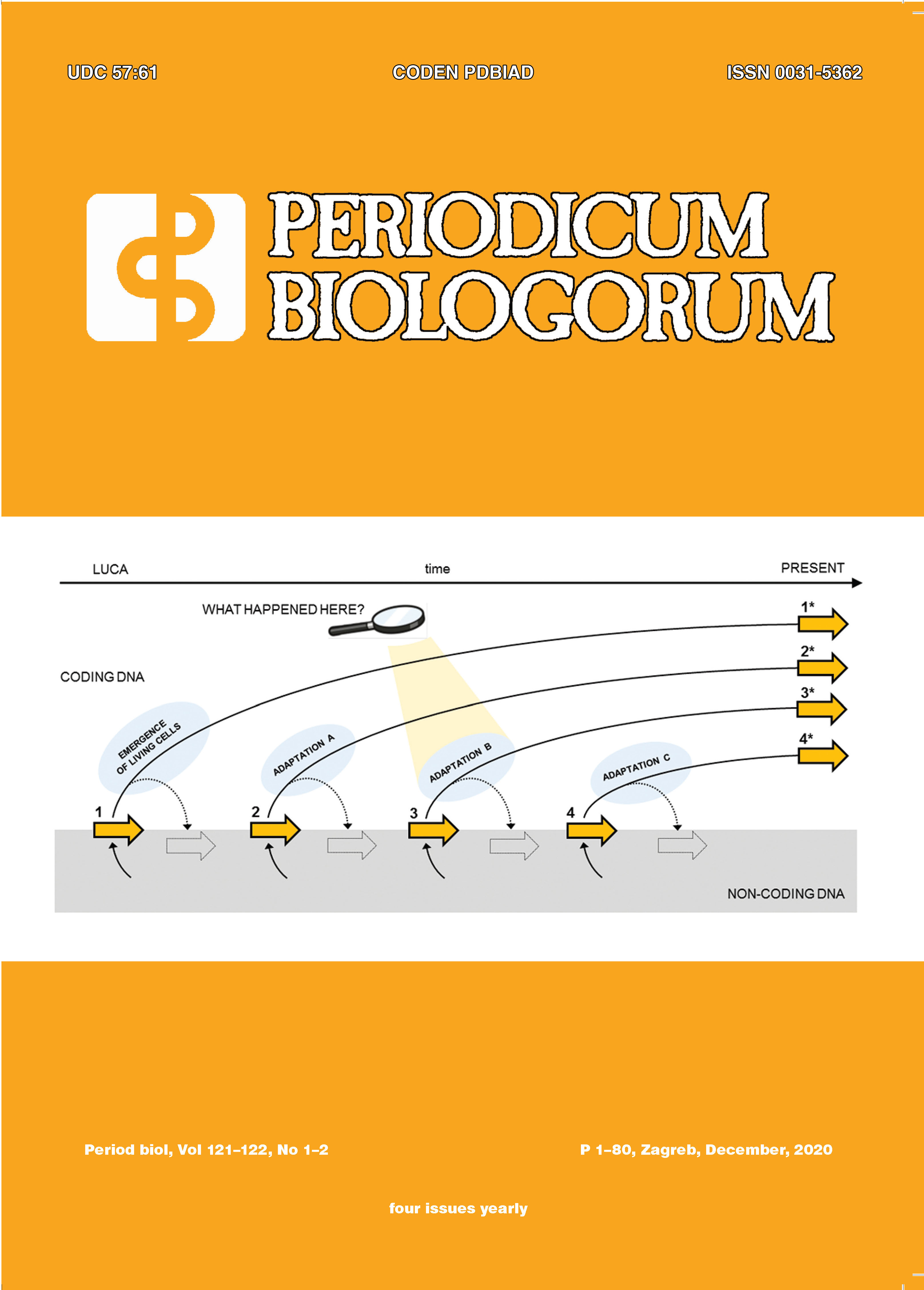Neuropharmacology: Oxime antidotes for organophosphate pesticide and nerve agent poisoning
DOI:
https://doi.org/10.18054./pb.v121-122i1-2.10623Abstract
Organophosphate (OP) toxic compounds remain a great threat for humans because they are used as pesticides or misused as chemical warfare nerve agents. Their mechanism of toxicity involves the irreversible inhibition of the acetylcholinesterase (AChE) enzyme important in the control of cholinergic neurotransmission at the periphery and in the brain. An available pharmacological treatment are reactivators of OP-inhibited AChE that are not equally effective for every possible OP and they cross the blood-brain barrier (BBB) poorly. Novel oximes are being designed and synthesized at a high rate and scale and their pharmacological efficiency is being addressed mostly with the in vitro reactivation assay. Nevertheless, none of the newly synthesized oximes have shown better pharmacological properties than the ones developed more than 65 years ago since their potential to act as efficient antidotes in vivo depends on their pharmacokinetic and neuropharmacokinetics profiles. This paper provides an overview of all the important aspects that should be accounted for in the search for a centrally active oxime. Furthermore, it lists the most important BBB oxime delivery strategies employed until now, and the available pharmacokinetic data on old and new oximes. It should, therefore, serve as a guideline for the future development and evaluation of novel antidotes for OP poisoning.
Downloads
Published
Issue
Section
License
The contents of PERIODICUM BIOLOGORUM may be reproduced without permission provided that credit is given to the journal. It is the author’s responsibility to obtain permission to reproduce illustrations, tables, etc. from other publications.


